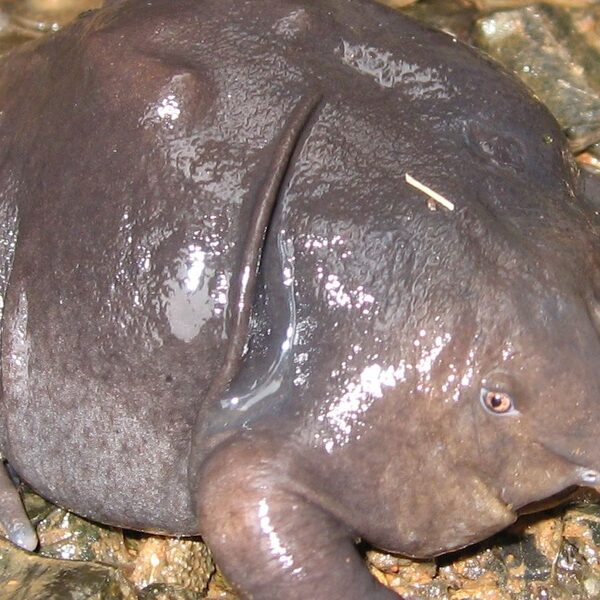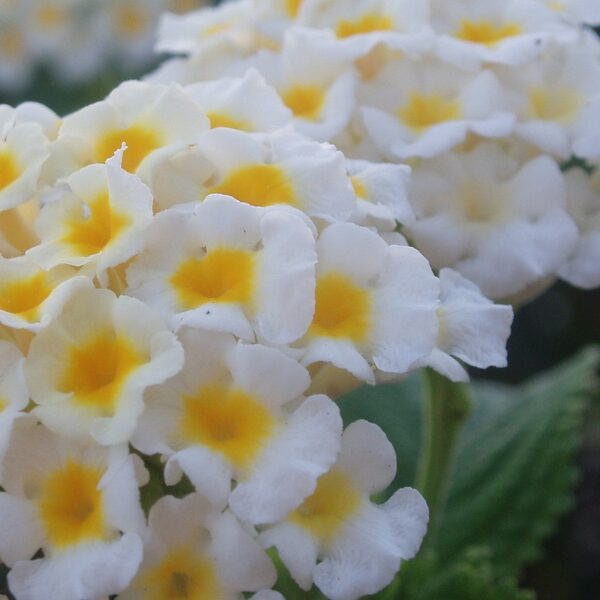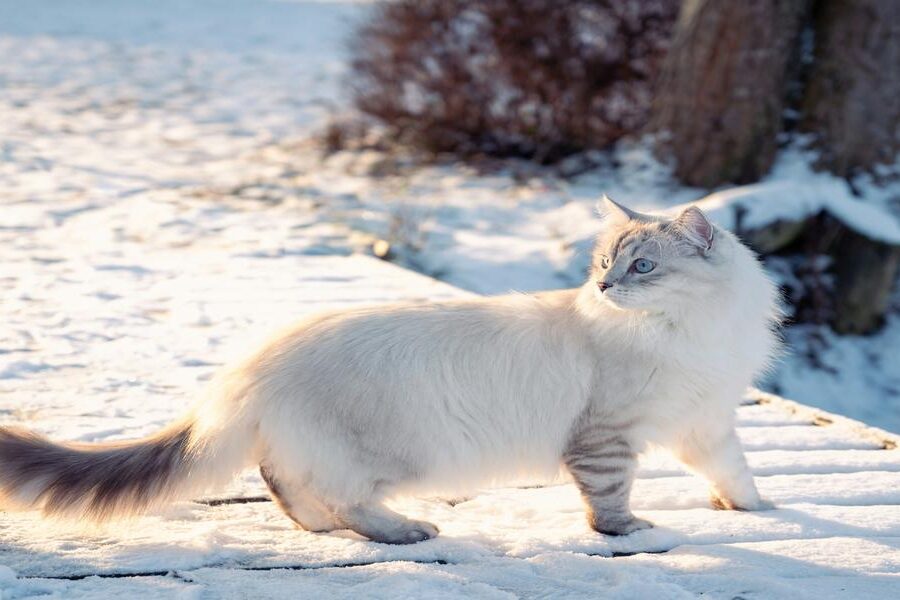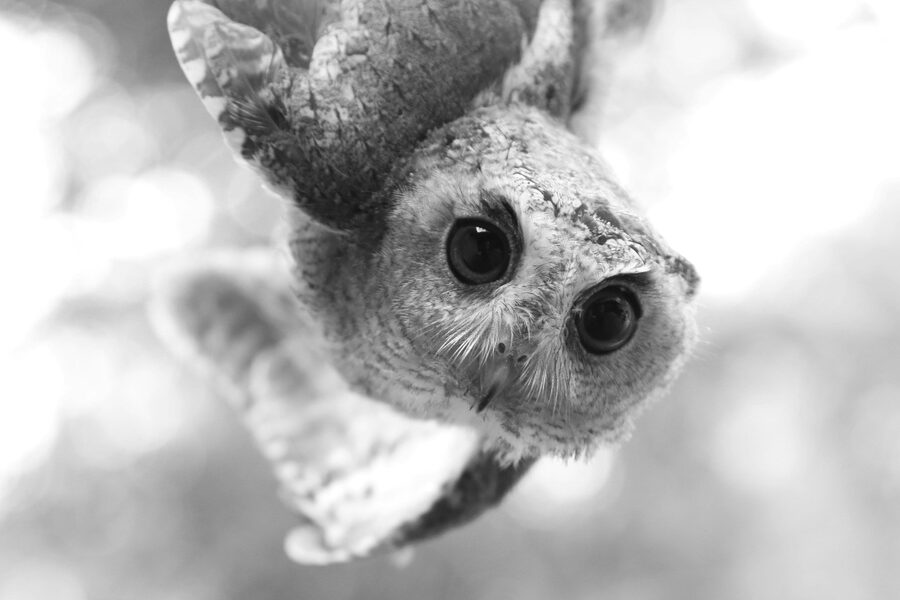From neighborhood windows to shelter kennels, striped coats catch the eye and hint at a cat’s history and behavior. Noticing the differences between narrow tiger-like bands and broader swirls can make finding the right cat more interesting.
There are 24 striped cat breeds, ranging from Abyssinian to Turkish Van. For each breed you’ll find below the Scientific name, Pattern type, Typical weight (kg).
How can I tell if a cat’s stripes come from a specific breed or just a common tabby pattern?
Check overall body type, head shape and coat texture as well as the stripe pattern (mackerel vs. classic). Pedigree papers or a breeder can confirm breed; a DNA test pinpoints ancestry and genetic markers that distinguish breed traits from generic tabby markings.
Do striped cat breeds need different grooming or health care?
Care depends mostly on coat length and breed tendencies: short-haired stripe-bearing breeds need routine brushing and dental checks, long-haired types need more frequent grooming to prevent mats. Ask a vet or breed club about known health issues for any specific striped breed you’re considering.
Striped Cat Breeds
| Name | Scientific name | Pattern type | Typical weight (kg) |
|---|---|---|---|
| American Shorthair | Felis catus | mackerel, classic | 3.5–5.5 kg |
| British Shorthair | Felis catus | classic, mackerel | 4–7 kg |
| Maine Coon | Felis catus | mackerel, classic | 5–8 kg |
| Norwegian Forest Cat | Felis catus | mackerel, classic | 4–7 kg |
| Siberian | Felis catus | classic, mackerel | 4–7 kg |
| Bengal | Felis catus | spotted, classic | 4–6.5 kg |
| Egyptian Mau | Felis catus | spotted | 3–5 kg |
| Ocicat | Felis catus | spotted, mackerel | 4–6 kg |
| Abyssinian | Felis catus | ticked | 2.5–4.5 kg |
| Somali | Felis catus | ticked, mackerel | 3–5.5 kg |
| Cornish Rex | Felis catus | mackerel, classic | 3–4.5 kg |
| Devon Rex | Felis catus | mackerel, classic | 2.5–4.5 kg |
| Sphynx | Felis catus | mackerel, classic, ticked | 3–6 kg |
| Pixiebob | Felis catus | mackerel, classic, spotted | 4.5–7 kg |
| Turkish Van | Felis catus | mackerel, classic | 3.5–7 kg |
| Turkish Angora | Felis catus | mackerel, classic | 2.5–5 kg |
| Oriental Shorthair | Felis catus | mackerel, ticked, classic | 2.5–5.5 kg |
| Japanese Bobtail | Felis catus | mackerel, classic, spotted | 3–5 kg |
| Singapura | Felis catus | ticked, mackerel | 1.8–3.2 kg |
| Scottish Fold | Felis catus | mackerel, classic | 3.5–6 kg |
| Manx | Felis catus | mackerel, classic, spotted | 4–6.5 kg |
| Exotic Shorthair | Felis catus | mackerel, classic | 3.5–6 kg |
| LaPerm | Felis catus | mackerel, classic, ticked | 2.5–5.5 kg |
| Ragdoll | Felis catus | mackerel (lynx point), classic | 4–9 kg |
Images and Descriptions

American Shorthair
American origin, commonly shows clear mackerel or classic tabby stripes. Friendly, adaptable and good with families; sturdy, long-lived working cat. Notable for descending from ship and farm cats and strong hunting instincts.

British Shorthair
British origin, often exhibits bold classic or mackerel tabby patterns. Calm, affectionate and easygoing with a stocky build. Notable for plush coat and round face, historically popular as a reliable companion breed.

Maine Coon
Large American breed from New England, frequently shows prominent mackerel or classic striping. Gentle, sociable and dog-like in personality. Notable for tufted ears, bushy tail, and tolerance for cold climates.

Norwegian Forest Cat
Scandinavian origin, commonly displays bold mackerel or classic tabby markings. Hardy, playful and independent with thick water-resistant coat. Notable for its arboreal history and strong build suited to cold weather.

Siberian
Russian origin, often shows classic or mackerel tabby patterns under its dense triple coat. Affectionate, agile and hypoallergenic-leaning for some people. Notable for folkloric presence and strong hunting skills.
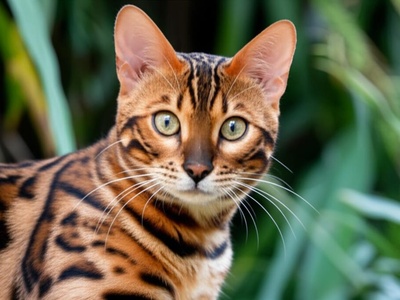
Bengal
Hybrid-looking domestic breed developed in the US, famous for striking spotted or marbled (classic) tabby patterns. Active, intelligent and playful with wild appearance. Notable for rosettes and athletic temperament.
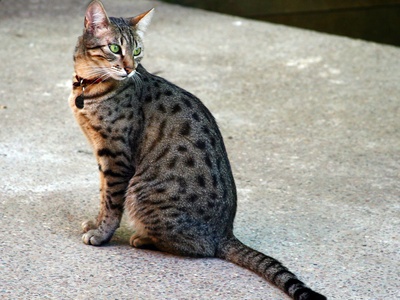
Egyptian Mau
Egyptian-rooted breed often exhibiting natural, well-defined spotted tabby patterns. Lively, loyal and sensitive with remarkable speed. Notable for being one of few naturally spotted domestic breeds with silver and bronze varieties.
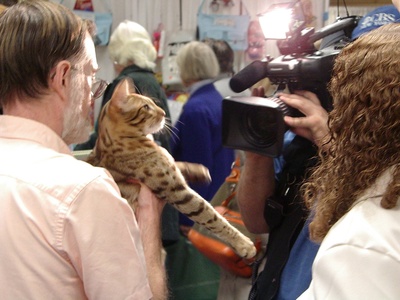
Ocicat
American-developed breed that commonly shows spotted tabby patterns resembling wild cats. Outgoing, confident and people-oriented. Notable for being selectively bred from Abyssinian, Siamese and other domestics, yet fully domestic.

Abyssinian
Ancient-looking breed often showing ticked tabby coat rather than stripe lines. Energetic, curious and affectionate with a warm, ruddy coat. Notable for a distinct agouti ticking producing subtle banded hairs.

Somali
Longhaired relative of the Abyssinian, commonly showing ticked shading and occasional mackerel striping on limbs. Playful, affectionate and lively. Notable for a bushy tail and fox-like appearance.
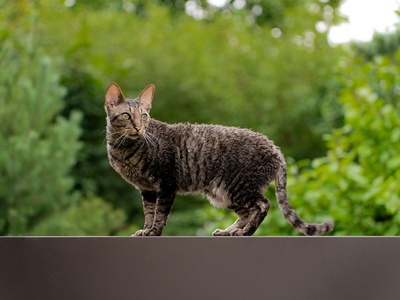
Cornish Rex
British-origin breed often showing mackerel or classic tabby patterns on its soft curly coat. Playful, active and people-focused with sleek build. Notable for unique soft waves and exceptional athleticism.
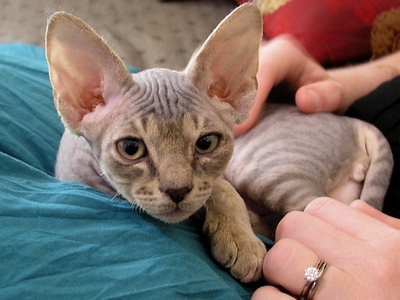
Devon Rex
English breed frequently displaying mackerel or classic tabby patterns beneath its curly coat. Mischievous, affectionate and sociable. Notable for large ears, impish expression and soft, low-shedding fur.

Sphynx
Hairless domestic breed where tabby patterns often show on the skin as mackerel, classic or ticked markings. Affectionate, energetic and attention-seeking. Notable for warm, suede-like skin that reveals coat patterns.
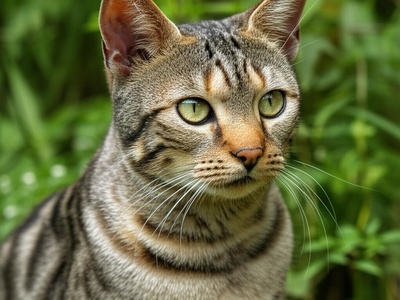
Pixiebob
American breed inspired by wild bobcats, commonly showing mackerel, classic or spotted tabby patterns. Friendly, dog-like and robust. Notable for large size, polydactyl lines in some lines and wild appearance.
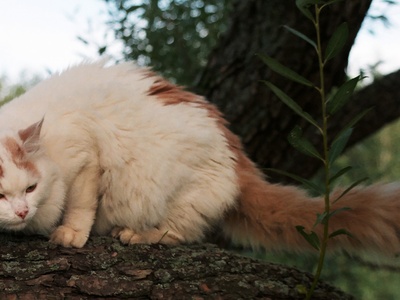
Turkish Van
Turkish origin often showing mackerel or classic tabby markings, especially on tail and head. Active, water-loving and independent. Notable for the “Van pattern” of color on head and tail with white body in many lines.
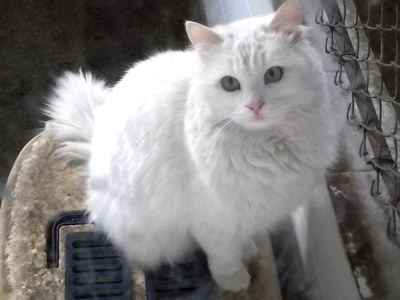
Turkish Angora
Anatolian heritage, frequently showing mackerel or classic tabby patterns in several colors. Elegant, playful and intelligent. Notable for silky single coat, graceful build and historical royal patronage in Turkey.
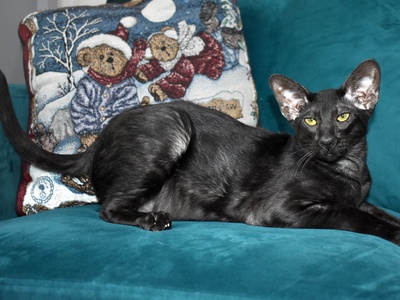
Oriental Shorthair
Derived from Siamese lines, commonly available in mackerel, ticked or classic tabby patterns across many colors. Vocal, social and energetic. Notable for long sleek body and wide variety of coat patterns.

Japanese Bobtail
Ancient Japanese breed commonly showing mackerel or classic tabby stripes and sometimes spots. Playful, intelligent and affectionate. Notable for a distinctive short “pom-pom” tail and cultural significance in Japan.

Singapura
Small breed from Southeast Asia often showing fine ticked tabby shading and occasional mackerel striping. Curious, affectionate and active despite petite size. Notable for being one of the smallest recognized cat breeds.
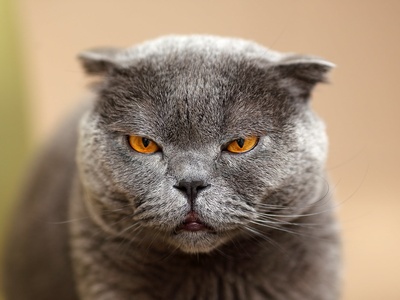
Scottish Fold
Scottish-origin breed that commonly shows mackerel or classic tabby markings. Sweet-natured, calm and people-oriented. Notable for folded ears resulting from a cartilage mutation; ear type varies by individual.

Manx
Isle of Man breed often displaying mackerel, classic or spotted tabby patterns. Loyal, playful and strong-hindquartered. Notable for tailless (or short-tailed) gene giving distinctive rump profile.
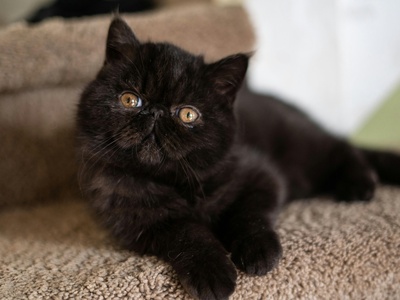
Exotic Shorthair
Shorthaired Persian-type breed commonly showing classic or mackerel tabby patterns. Gentle, placid and affectionate. Notable for a flat face and plush coat with easier grooming compared to longhaired Persians.

LaPerm
American breed known for curly coat that commonly shows mackerel, classic or ticked tabby patterns. Affectionate, playful and adaptable. Notable for distinctive ringlets and variable curl intensity in the coat.

Ragdoll
American-developed large breed with lynx (mackerel) point tabby variants common on face, legs and tail. Docile, gentle and placid. Notable for floppy relaxation when held and striking blue eyes.

